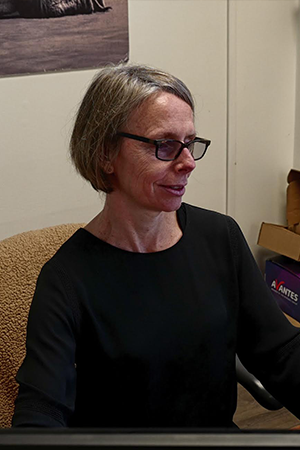Some Ideas on Circularly Polarized Luminescence You Should Know
Table of ContentsThe Basic Principles Of Uv/vis See This Report on Circular Dichroism8 Easy Facts About Uv/vis/nir ExplainedExcitement About Uv/visCircularly Polarized Luminescence Things To Know Before You Get This

Although spectrophotometry is most commonly applied to ultraviolet, noticeable, and infrared radiation, contemporary spectrophotometers can interrogate wide swaths of the electromagnetic spectrum, including x-ray, ultraviolet, noticeable, infrared, and/or microwave wavelengths. Spectrophotometry is a tool that depends upon the quantitative analysis of particles depending upon how much light is absorbed by colored substances.
Spectrophotometers Can Be Fun For Everyone
A spectrophotometer is frequently utilized for the measurement of transmittance or reflectance of services, transparent or opaque solids, such as sleek glass, or gases. Although numerous biochemicals are colored, as in, they absorb noticeable light and for that reason can be determined by colorimetric treatments, even colorless biochemicals can typically be converted to colored compounds suitable for chromogenic color-forming responses to yield substances suitable for colorimetric analysis.: 65 However, they can also be designed to measure the diffusivity on any of the noted light varieties that typically cover around 2002500 nm using various controls and calibrations.
An example of an experiment in which spectrophotometry is utilized is the decision of the stability constant of a solution. A specific chain reaction within an option might happen in a forward and reverse instructions, where reactants form items and products break down into reactants. At some time, this chain reaction will reach a point of balance called a stability point.
An Unbiased View of Uv/vis
The quantity of light that goes through the solution is indicative of the concentration of certain chemicals that do not permit light to pass through. The absorption of light is due to the interaction of light with the electronic and vibrational modes of particles. Each type of molecule has a private set of energy levels connected with the makeup of its chemical bonds and nuclei and hence will absorb light of particular wavelengths, or energies, leading to unique spectral properties.
They are extensively used in numerous industries including semiconductors, laser and optical manufacturing, printing and forensic assessment, as well as in labs for the research study of chemical compounds. Spectrophotometry is typically used in measurements of enzyme activities, decisions of protein concentrations, decisions of enzymatic kinetic constants, and measurements of ligand binding reactions.: 65 Eventually, a spectrophotometer is able to figure out, depending on the control or calibration, what compounds are present in a target and precisely how much through calculations of observed wavelengths.
This would come as a service to the previously produced spectrophotometers which were unable to take in the ultraviolet properly.
Unknown Facts About Spectrophotometers
It would be found that this did not provide satisfactory outcomes, for that reason in Design B, there was a shift from a glass to a quartz prism which allowed for much better absorbance outcomes - UV/Vis/NIR (https://www.artstation.com/julieanndesalorenz1/profile). From there, Design C was born with a change to the wavelength resolution which ended up having three units of it produced
It irradiates the sample with polychromatic light which the sample takes in depending on its residential or commercial properties. Then it is transferred back by grating the photodiode selection which discovers the wavelength region of the spectrum. Considering that then, the creation and execution of spectrophotometry gadgets has actually increased exceptionally and has actually turned into one of the most innovative instruments of our time.

The 4-Minute Rule for Uv/vis/nir
The grating can either be movable or fixed.
In such systems, the grating is fixed and the intensity of each wavelength of light is determined by a various detector in the array. When making transmission measurements, the spectrophotometer quantitatively compares the fraction of light that passes through a recommendation service and a test option, then digitally compares the intensities of the 2 signals and computes the percentage of transmission of the sample compared to the reference standard.
